Full Fix: EVENT TRACING FATAL ERROR error in Windows 10/11
7 min. read
Updated on
Read our disclosure page to find out how can you help Windows Report sustain the editorial team. Read more

Blue Screen of Death errors can be caused by both hardware and software, therefore it’s important to fix these errors as soon as possible. Errors such as EVENT_TRACING_FATAL_ERROR can cause you many problems, so today we’re going to show you how to fix this error on Windows 10.
How do I fix EVENT TRACING FATAL ERROR BSoD error
- Use a dedicated BSoD tool
- Run the Window BSoD troubleshooter
- Run the SFC scan
- Download the latest Windows 10 updates and install the latest drivers
- Run a DISM
- Check the hard drive
- Disable Secure Boot and driver integrity checks
- Set English as your default language
- Uninstall the problematic software
- Reset Windows 10
- Check for faulty hardware
1. Use a third-party BSoD tool
If you don’t know how to handle blue screen errors, there are a couple of dedicated tools that can do the job for you. You might have to install and run them in Safe Mode.
2. Run the Windows BSoD troubleshooter
- Open the Settings app
- Go to Update & Security > Troubleshoot.
- Select BSOD from the right pane and click Run the troubleshooter.
- Follow the instructions on the screen to complete the troubleshooter.
3. Run the SFC scan
- Go to Search, type cmd, and open Command Prompt as Administrator.
- Enter the following line and press Enter: sfc/scannow
- Wait until the process finishes (it’s a longer one).
- If the tool finds a corrupt system file, it will automatically repair it.
- Now, close the Command Prompt and restart your computer.
The system file checker is a command-line tool that basically scans through your system searching for potential issues.
If a corrupted system file is a problem, this tool will automatically repair it, and the problem will be resolved.
4. Download the latest Windows 10 updates and install the latest drivers
As we previously mentioned, these types of errors can be caused by hardware or software issues, and in order to prevent these errors from appearing, it’s strongly recommended that you download the latest Windows 10 updates.
New updates are released frequently, and while some of them offer new features and security improvements, many of them bring various bug fixes related to both hardware and software. To download the latest updates and keep your PC safe and stable, be sure to use Windows Update.
Downloading drivers is fairly simple, and you can download all the latest drivers right from your hardware manufacturer’s website. We have to mention that you might have to update all your drivers before you find the one that is causing this issue.
Update drivers automatically
Searching for drivers on your own can be time-consuming. So, we advise you to use a tool that will do this for you automatically. Using an automatic driver updater will certainly save you from the hassle of searching for drivers manually, and it will always keep your system up to date with the latest drivers.
5. Run a DISM
- The standard way
- Right-click Start and open Command Prompt (Admin).
- Paste the following command and press Enter:
- Wait until the scan is finished.
- Restart your computer and try updating again.
- With the Windows installation media
- Insert your Windows installation media.
- Right-click the Start menu and, from the menu, choose the Command Prompt (Admin).
- In the command line, type the following commands and press Enter after each:
dism /online /cleanup-image /scanhealthdism /online /cleanup-image /restorehealth
- Now, type the following command and press Enter:
DISM /Online /Cleanup-Image /RestoreHealth /source:WIM:X:SourcesInstall.wim:1 /LimitAccess
- Make sure to change an X value with the letter of the mounted drive with Windows 10 installation.
- After the procedure is finished, restart your computer.
6. Check the hard drive
- Enter the Advanced Startup (Restart your computer while holding the Shift key).
- Choose Troubleshoot > Advanced Options.
- Select Command Prompt from the list of options.
- When Command Prompt appears, enter the following lines and press Enter after each line in order to run it:
- Some users are also suggesting that you need to run additional chkdsk commands as well. To perform these commands, you need to know drive letters for all your hard drive partitions. In Command Prompt you should enter the following (but remember to use the letters that match your hard drive partitions on your PC):
- Restart your computer and check if the issue is resolved.
7. Disable Secure Boot and driver integrity checks
- Press Windows Key + X on your keyboard to open Power User Menu and select Command Prompt (Admin) from the list.
- When Command Prompt opens, enter bcdedit.exe /set nointegritychecks on and press Enter to run it.
After doing this, driver signature checking should be disabled, and hopefully, the BSoD error will be fixed.
Since there are so many different versions of BIOS, we strongly suggest that you check your motherboard manual for detailed instructions on how to enter BIOS and disable Secure Boot.
8. Set English as your default language
- Open the Settings app and go to Time & Language > Region & Language.
- Click Add a language and select English (United States).
- Select English (United States) and click the Set as default button.
Next time you sign in to Windows 10, English will be set as your default language, and hopefully the BSoD error will be fixed.
9. Uninstall the problematic software
Blue Screen of Death errors are often caused by incompatible software, and in order to fix this error, you need to find and remove the problematic software.
These types of errors are often caused by your antivirus or firewall, therefore we advise you to temporarily remove all third-party antivirus programs.
To completely remove certain antivirus from your PC, we suggest that you use a dedicated removal tool that will remove all files and registry entries associated with your antivirus.
Bear in mind that Windows 10 comes with its default antivirus, Windows Defender, so even if you remove your antivirus program your PC won’t be completely defenseless. If removing the antivirus software fixes the error, we suggest that you reinstall it again, or to switch to a different antivirus solution.
10. Reset Windows 10
- Restart your computer a few times to start Automatic Repair.
- Select Troubleshoot > Reset this PC > Remove everything. Be prepared to insert Windows 10 installation media if you’re asked to.
- Choose Only the drive where Windows is installed > Just remove my files and click the Reset button.
- Follow the instructions on the screen to complete the reset.
A Windows 10 reset will delete all files from your C drive, so we advise you to create a backup. In addition to creating a backup, you might also need to create a bootable USB flash drive with Windows 10 on it in order to complete the reset process.
11. Check for faulty hardware
If the problem still appears, even after Windows 10 reset, it means that it is caused by your hardware. To fix this error it’s important that you remove any recently installed hardware since it might not be fully compatible with your PC.
If new hardware is not the issue, we suggest that you perform a detailed inspection of your computer and replace the faulty hardware.
We also wrote about Efs Fatal Error in our latest guide, so don’t miss it.
EVENT_TRACING_FATAL_ERROR BSoD error can cause certain problems on your PC, but we hope that you managed to fix this error by using one of our solutions.
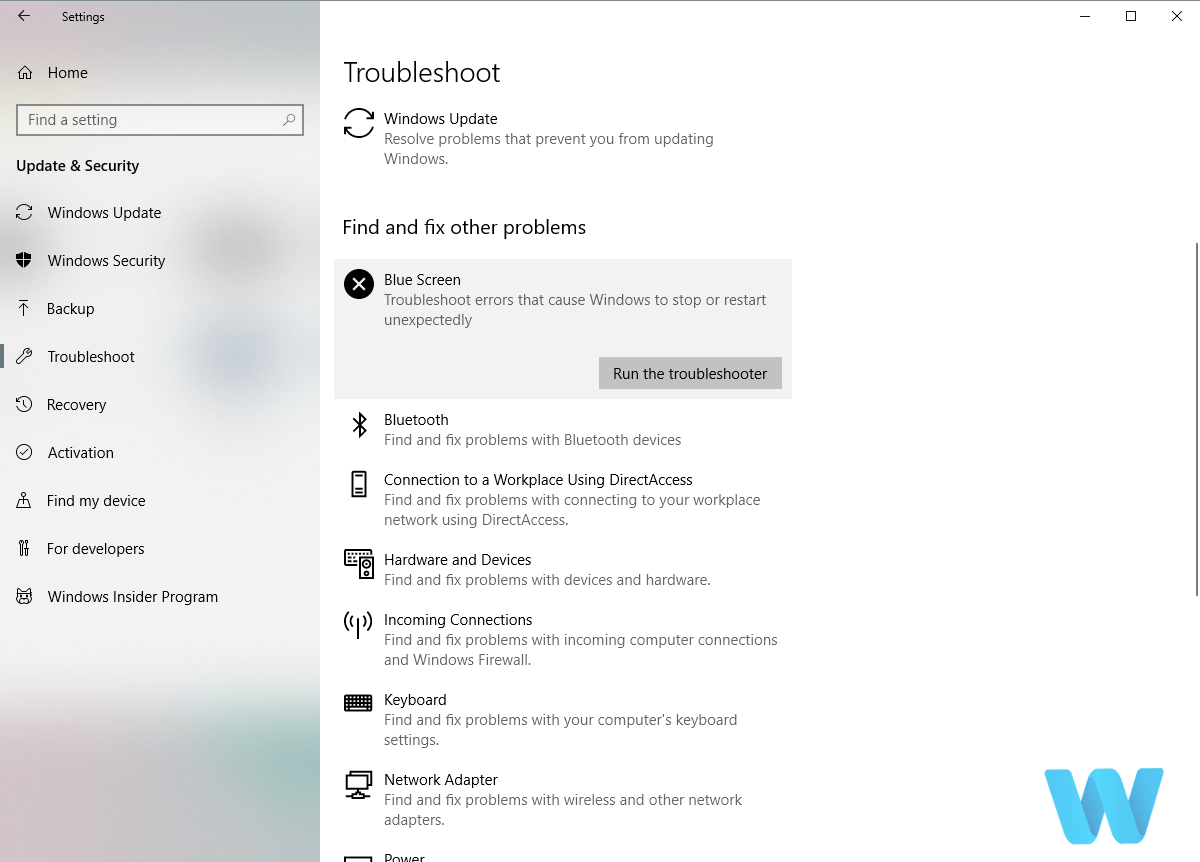
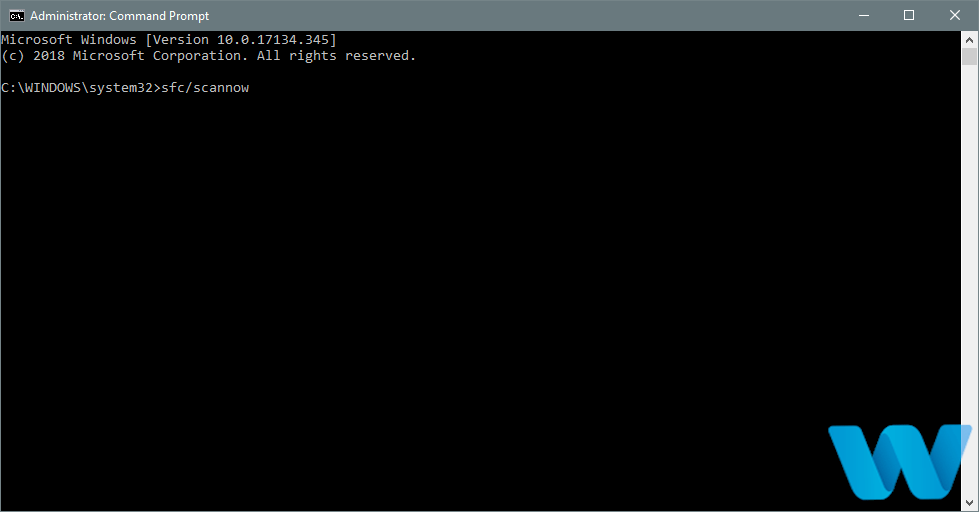
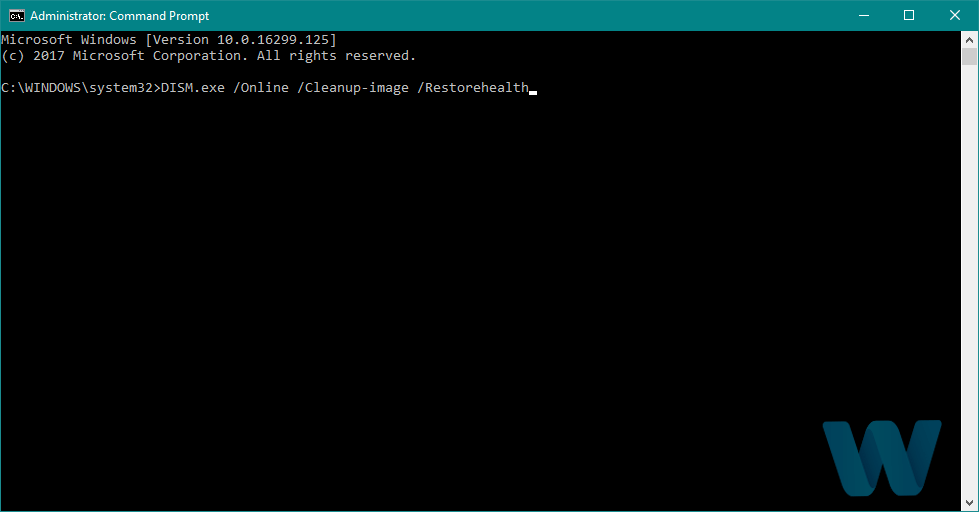
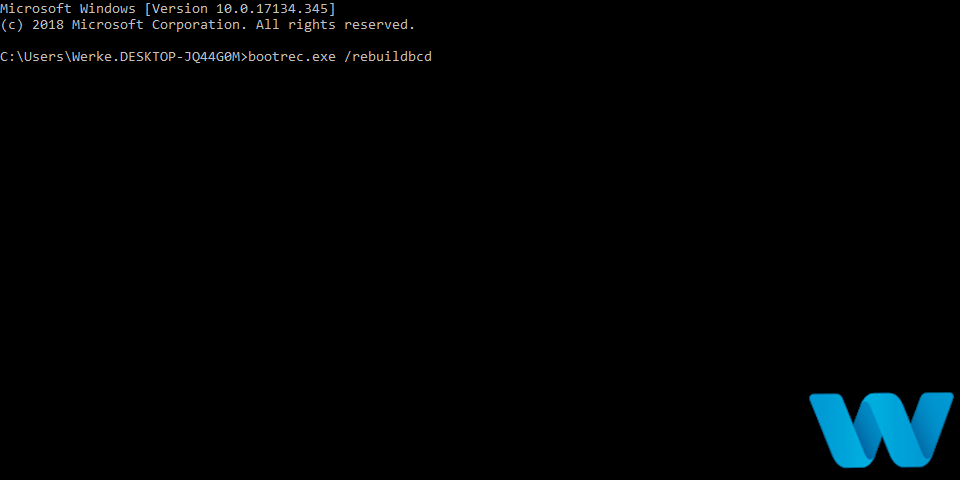
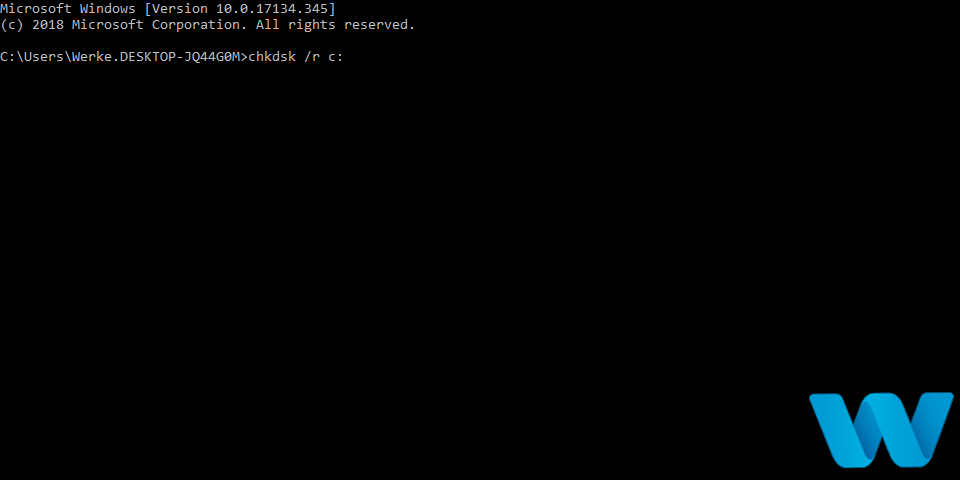















User forum
0 messages